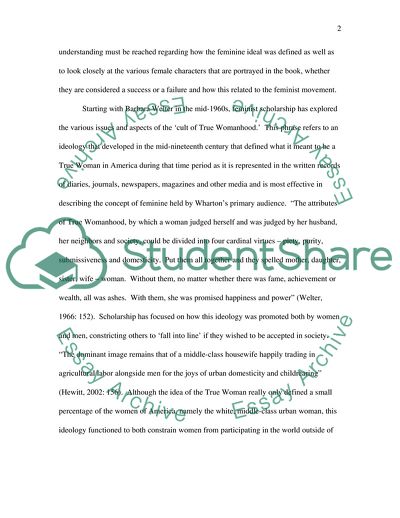Cite this document
(Reinforcing Roles in 'House of Mirth' Book Report/Review, n.d.)
Reinforcing Roles in 'House of Mirth' Book Report/Review. https://studentshare.org/literature/1707012-a-literary-analyis-of-either-lolita-or-house-of-mirth
Reinforcing Roles in 'House of Mirth' Book Report/Review. https://studentshare.org/literature/1707012-a-literary-analyis-of-either-lolita-or-house-of-mirth
(Reinforcing Roles in 'House of Mirth' Book Report/Review)
Reinforcing Roles in 'House of Mirth' Book Report/Review. https://studentshare.org/literature/1707012-a-literary-analyis-of-either-lolita-or-house-of-mirth.
Reinforcing Roles in 'House of Mirth' Book Report/Review. https://studentshare.org/literature/1707012-a-literary-analyis-of-either-lolita-or-house-of-mirth.
“Reinforcing Roles in 'House of Mirth' Book Report/Review”. https://studentshare.org/literature/1707012-a-literary-analyis-of-either-lolita-or-house-of-mirth.


